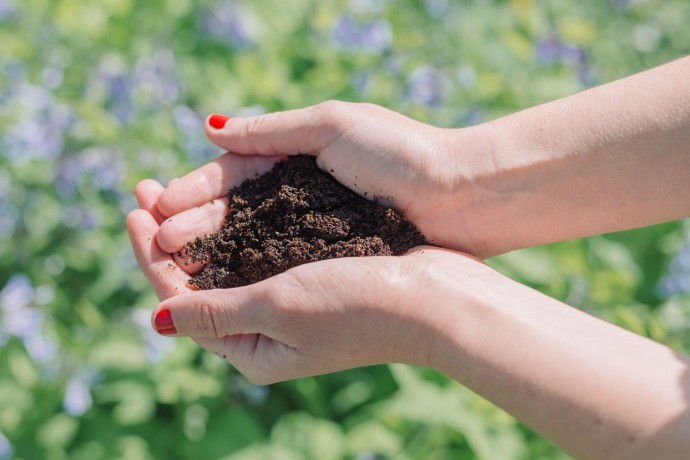Transform Your Garden with These 5 Easy Coffee Ground Uses
Are you tired of spending money on soil supplements for your garden? Look no further than your own kitchen for a FREE and effective source of nitrogen - coffee grounds! Don't discard them after brewing your morning cup of joe. Instead, reuse them in your garden to enrich the soil and enhance plant growth. With coffee grounds, you don't have to make a special trip to the nursery for costly fertilizers. Simply follow these proven techniques to maximize the benefits of this readily available resource. Whether it's to improve soil quality, repel pests, or promote composting, there are countless ways to utilize coffee grounds in your garden. So start saving those grounds and watch your garden thrive!
Make Compost
Did you know that coffee grounds are not only a great source of nitrogen but are also considered as a green composting material? Similar to plant debris and grass clippings, coffee grounds can be an excellent addition to your compost pile. However, experts recommend a composting ratio of one part green material to two to three parts brown material, like leaves, for optimal results.
While coffee grounds can boost your compost, be mindful not to add too much of it. A general rule of thumb is to keep the coffee grounds at no more than 20% of your compost pile, as a higher ratio could slow down the composting process and potentially harm the mixture.
Don't forget to include your coffee filters in the compost pile as well. Although white filters may have been bleached, brown coffee filters are an excellent source of brown composting material. They break down quickly, and worms love them, making them a valuable addition to your compost especially during summer. So start composting your coffee grounds and filters today to nourish your soil and promote a healthy garden!
Add Coffee Grounds to Your Worm Bin
It's fascinating to learn that even worms can benefit from a little bit of coffee. However, it's crucial to limit the amount you give them. Avoid providing more than one cup per week, and instead of giving them the whole cup at once, spread it out over several days.
Remember, worms can't handle excessive acidity, so it's crucial to resist the temptation of adding more coffee than recommended. By following these simple guidelines, you can help keep your worms healthy and happy while utilizing coffee in your garden.
Use Coffee Grounds as Mulch
Did you know that coffee grounds can enhance your soil's quality and structure as the organisms break them down? The nitrogen present in coffee grounds promotes soil health, while earthworms help to further integrate the grounds into the soil.
Coffee grounds can also act as a natural slug barrier due to their abrasive texture and natural acidity. In fact, studies show that caffeine is toxic to slugs, which is an added bonus!
However, it's crucial not to add too many coffee grounds as they can compact and form a hard crust that blocks air and water. A thin layer of no more than an inch is ideal.
When using coffee grounds as mulch, you don't have to worry about them lowering the soil's pH. As the grounds decompose, their pH level neutralizes, making them a perfect addition to your gardening routine. So why not give your soil a boost with coffee grounds today?
Apply Coffee Grounds as Side Dressing
Side dressing can be a great way to supplementally feed or mulch your plants. By adding small amounts of material, you can give a boost to what's already there. Just like with mulching, it's recommended to add no more than 1 inch of coffee grounds at a time.
To enhance the effectiveness of your side dressing, consider mixing the coffee grounds with your compost before applying them. This can provide additional nutrients and benefits to your plants. So go ahead and give your plants the boost they need with coffee ground side dressing!
Brew Liquid Fertilizer
Steeping two cups of coffee grounds in a 5-gallon bucket of water for six to 12 hours can create a beneficial liquid fertilizer for your plants. You can use this fertilizer to water and foliar feed your plants.
While the benefits of foliar feeding are still a topic of debate, it's always a good idea to monitor how your plants react after feeding. If they show signs of distress, it's best to stop feeding.
It's important to note that making a liquid fertilizer from steeping coffee grounds is not the same as using leftover coffee to water your plants. Leftover coffee has other compounds and is more acidic. Acid-loving plants can still benefit from a occasional watering with coffee, but it's best to skip the sugar and cream. So, give your plants a boost with this easy liquid fertilizer made from used coffee grounds!

I have 4 week old lettuce seedlings that have been out hardening off for 5 days. We have frost warnings for the next 2 nights. Is it safe to set out the plants, or should I wait for better night temps? Thanks for your help.